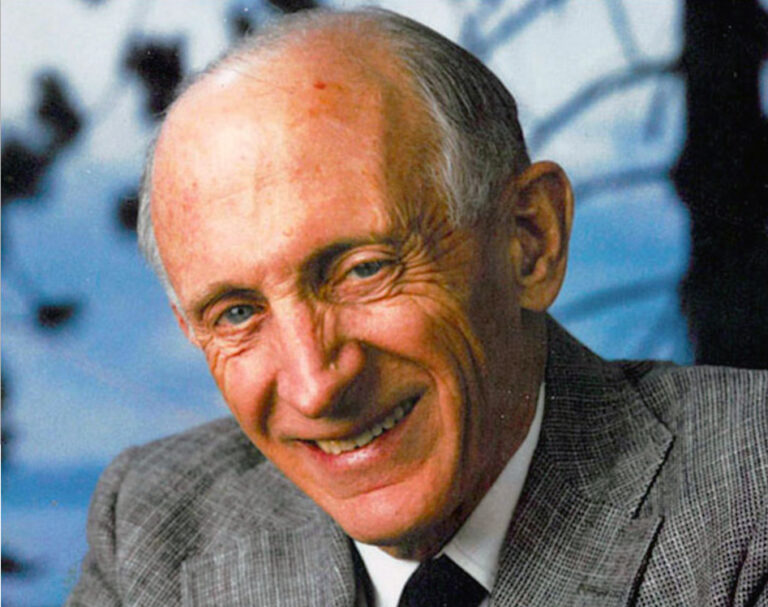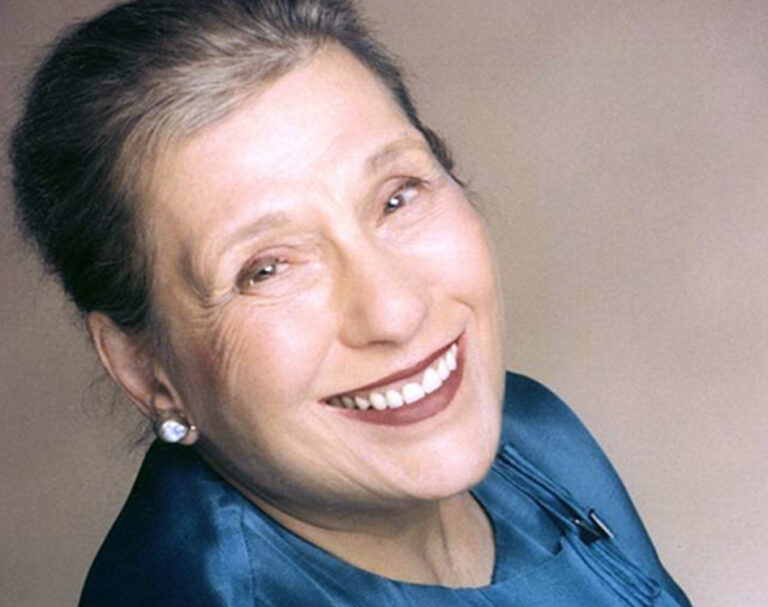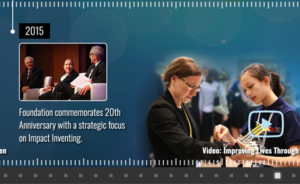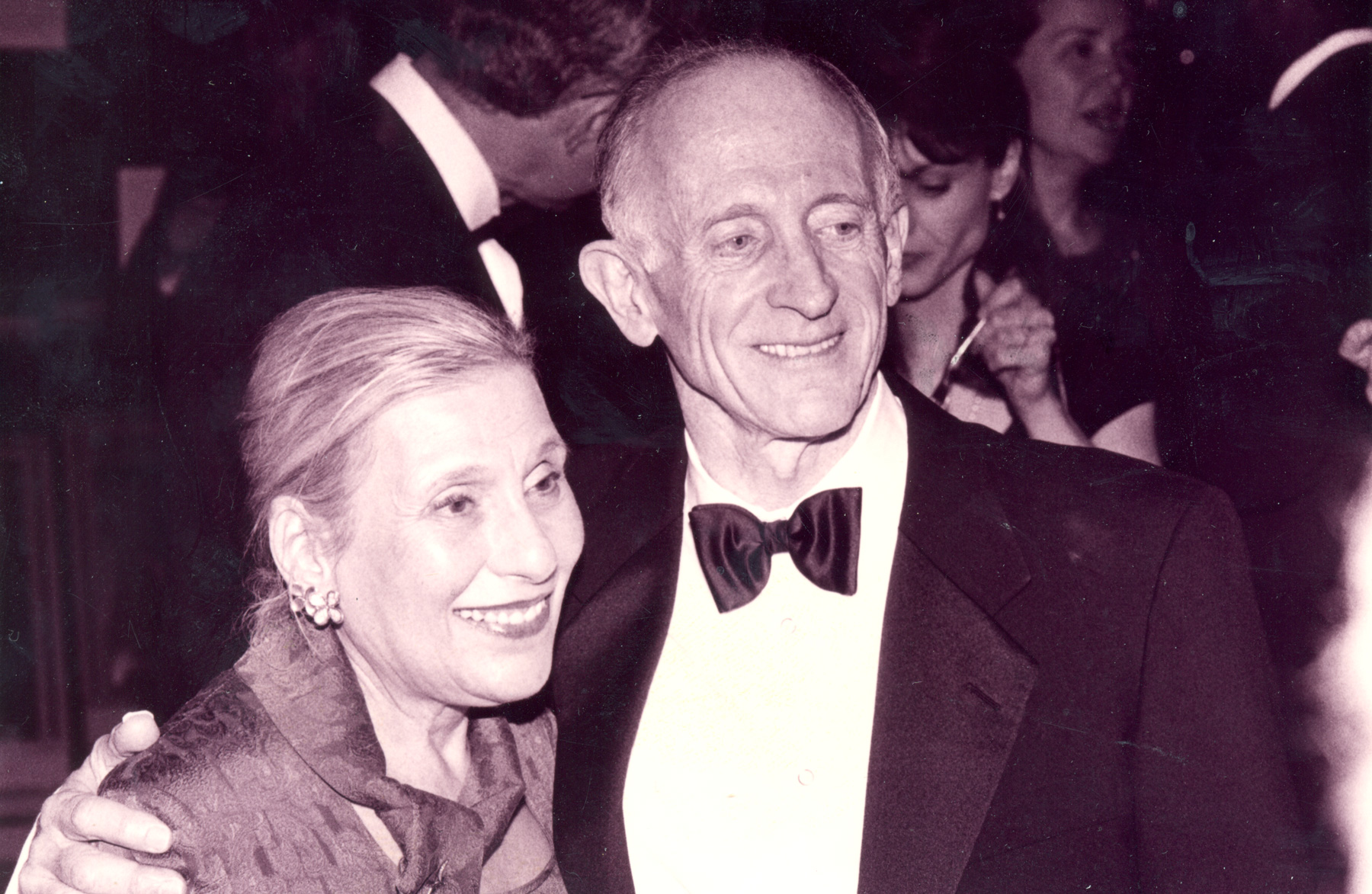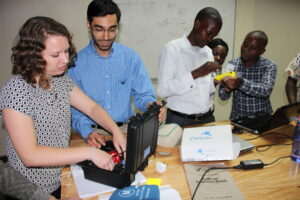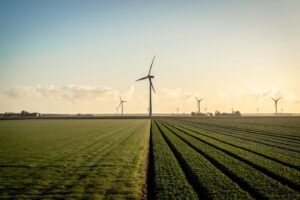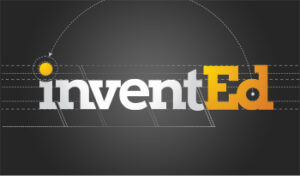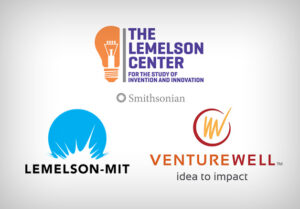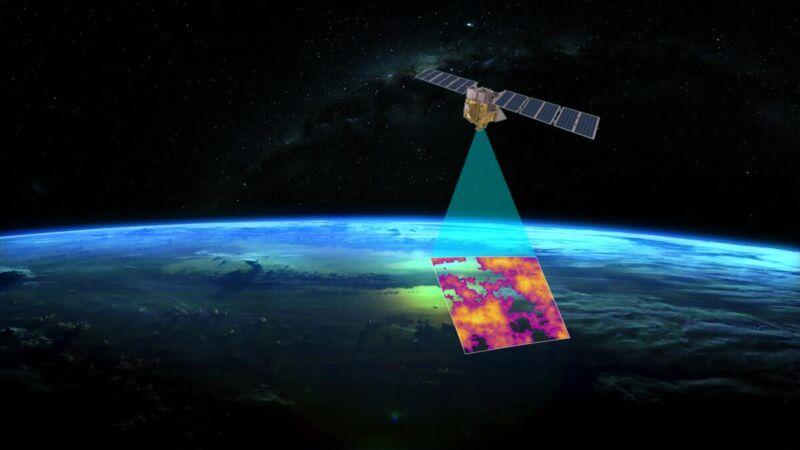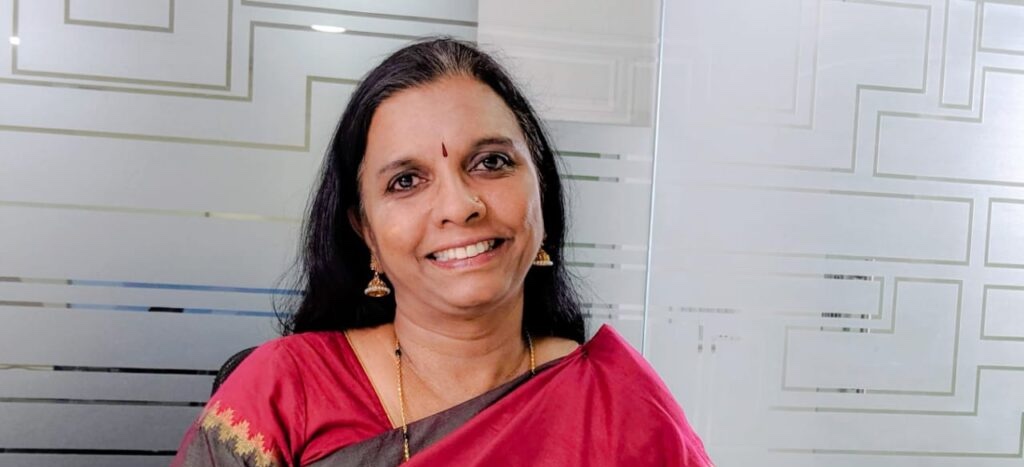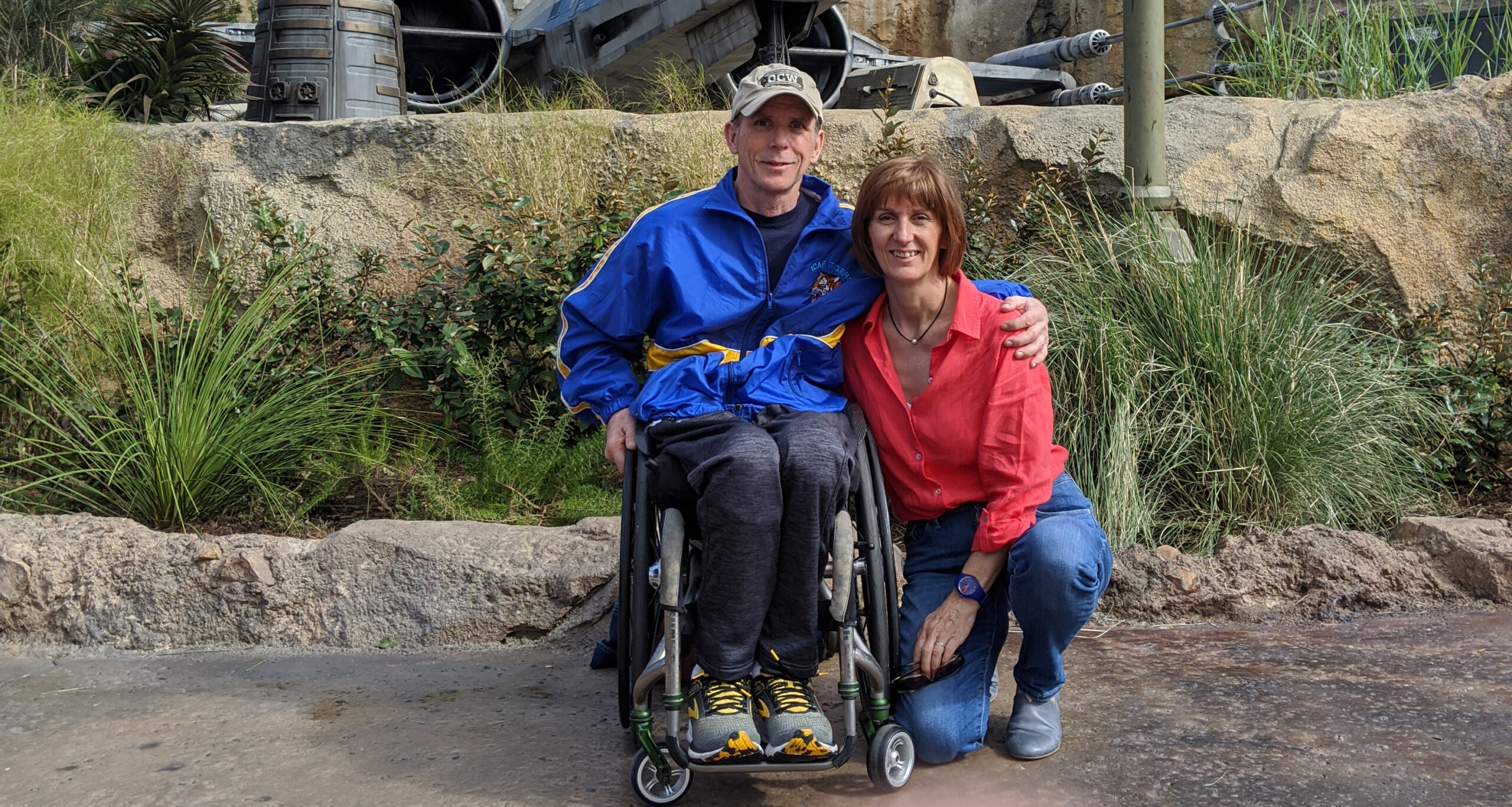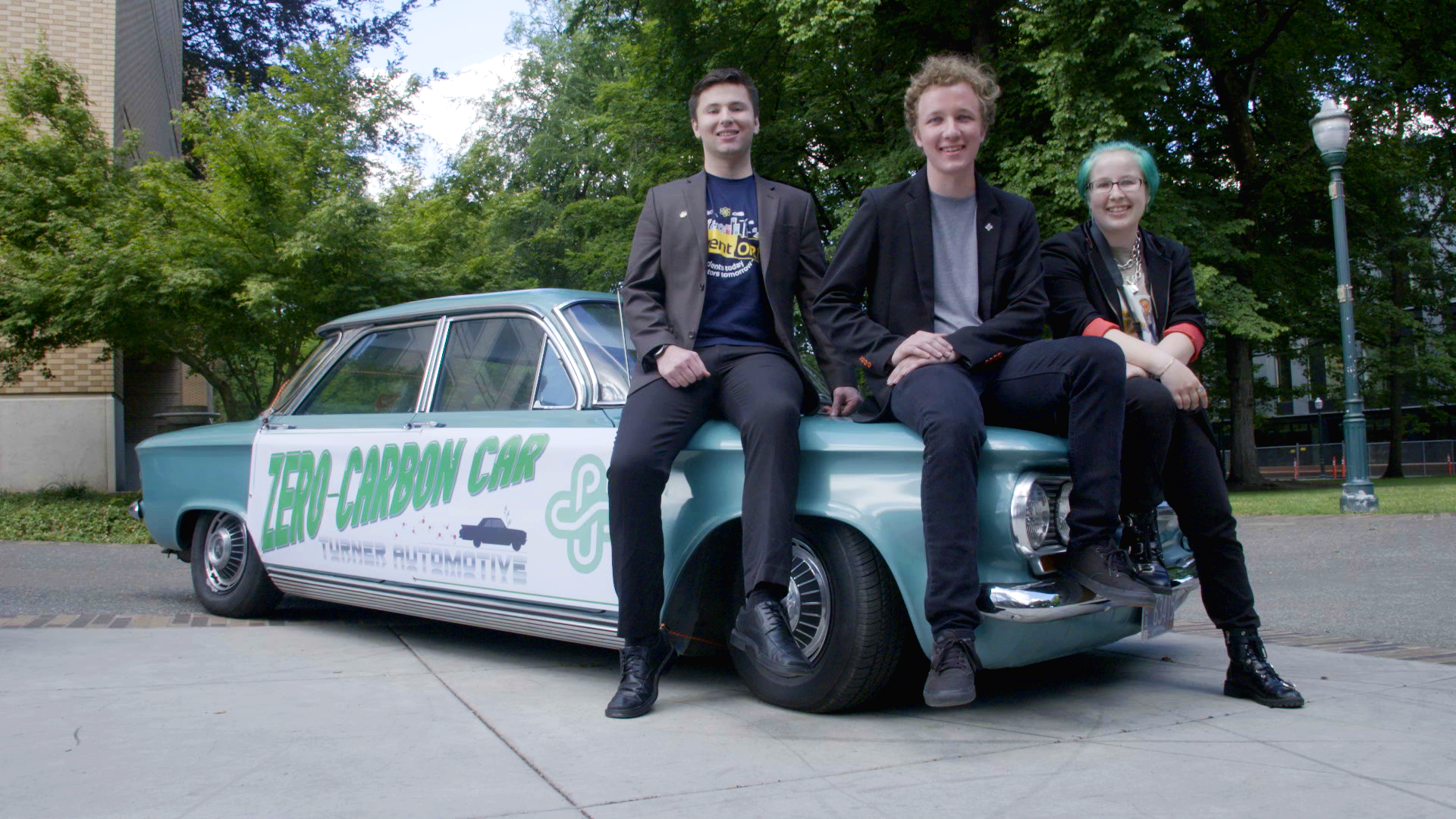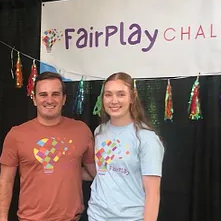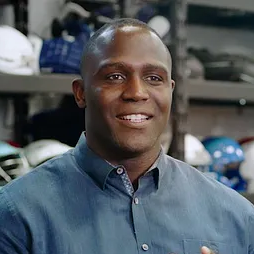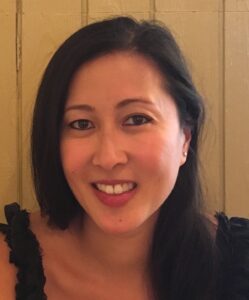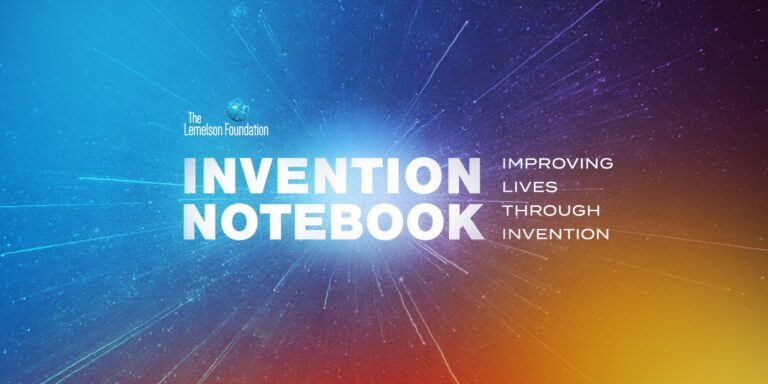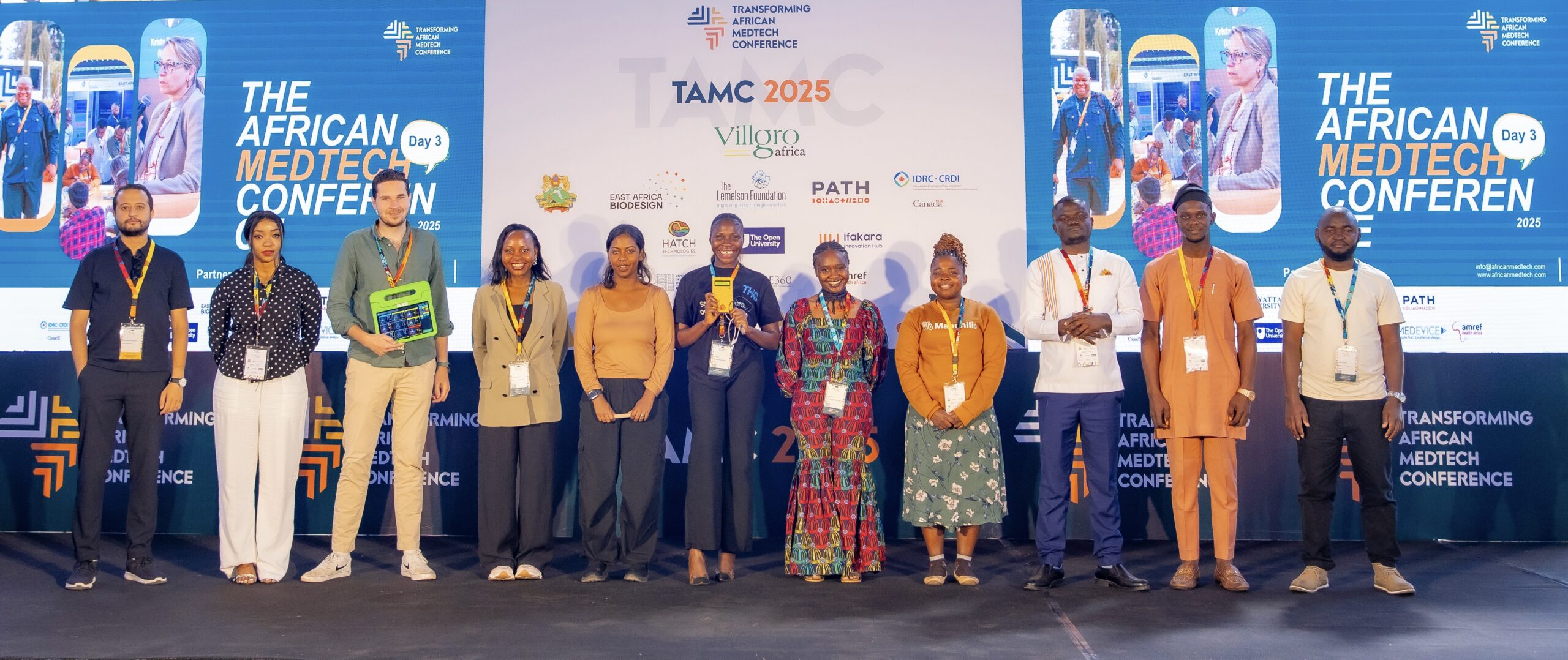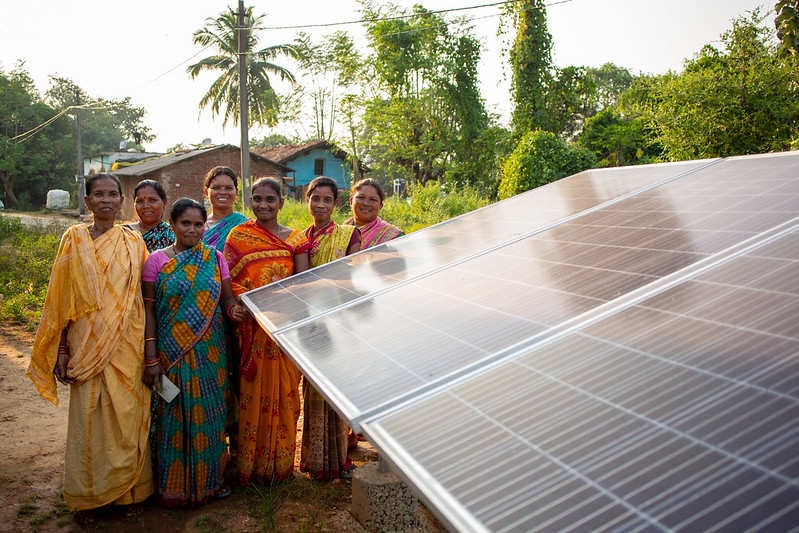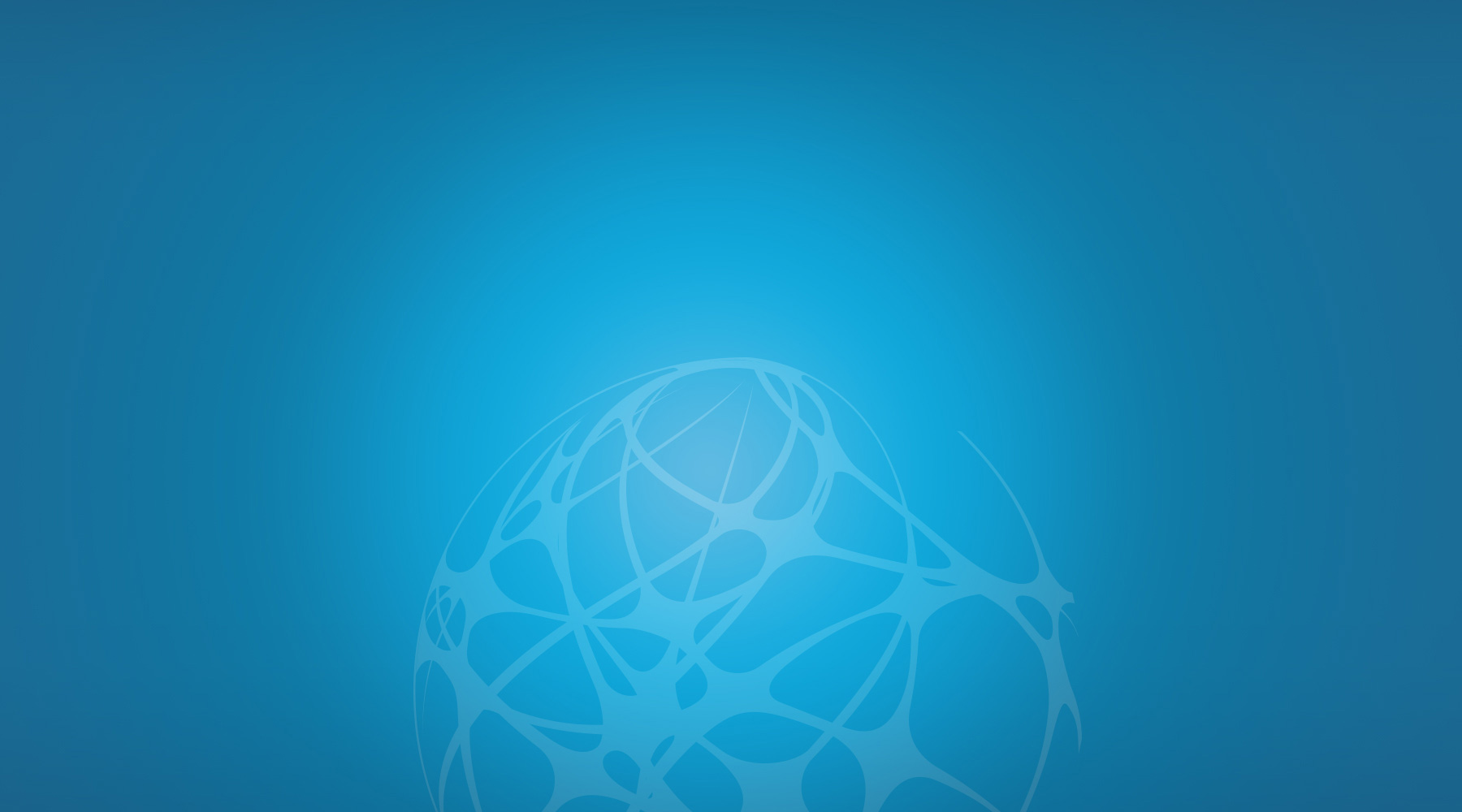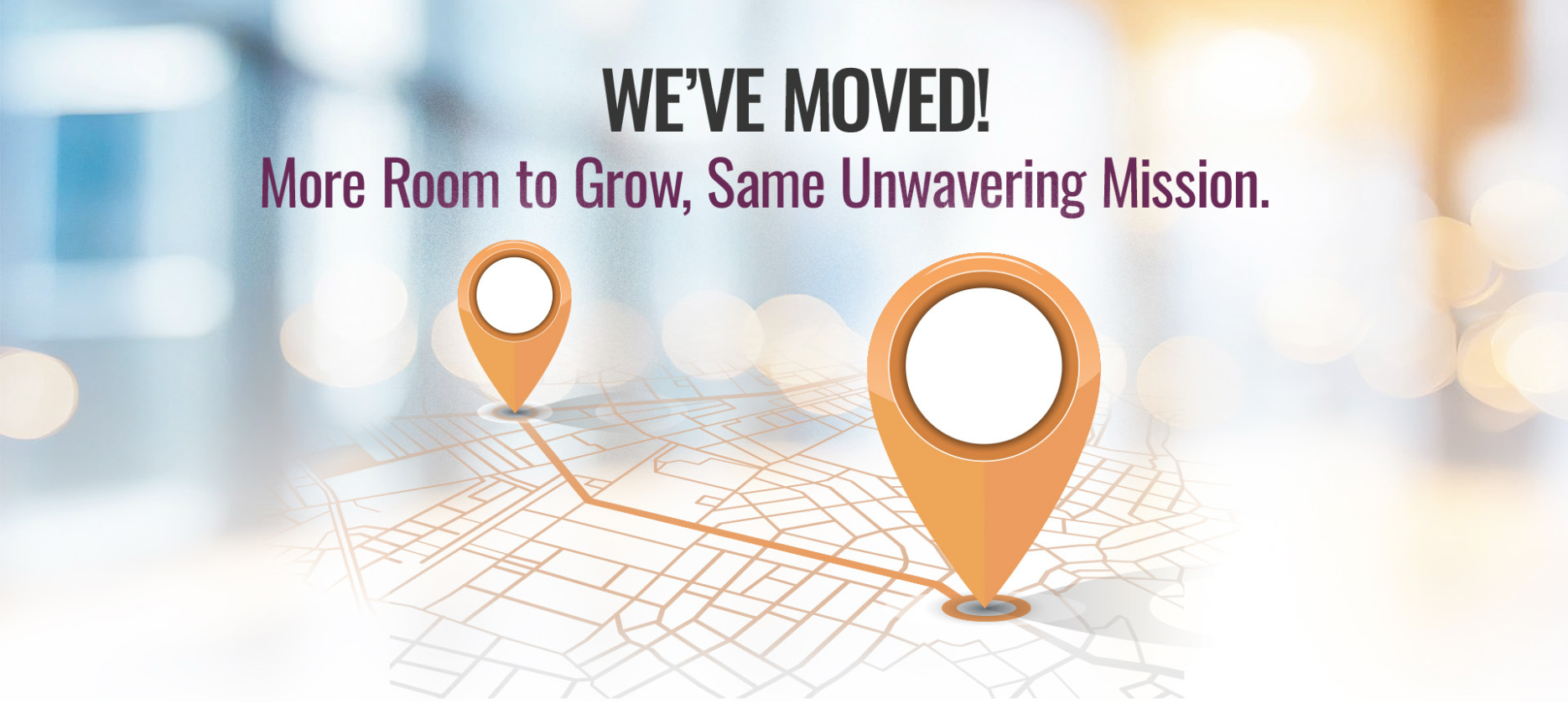This Engineer is Creating a Path for Accessible Solar Energy
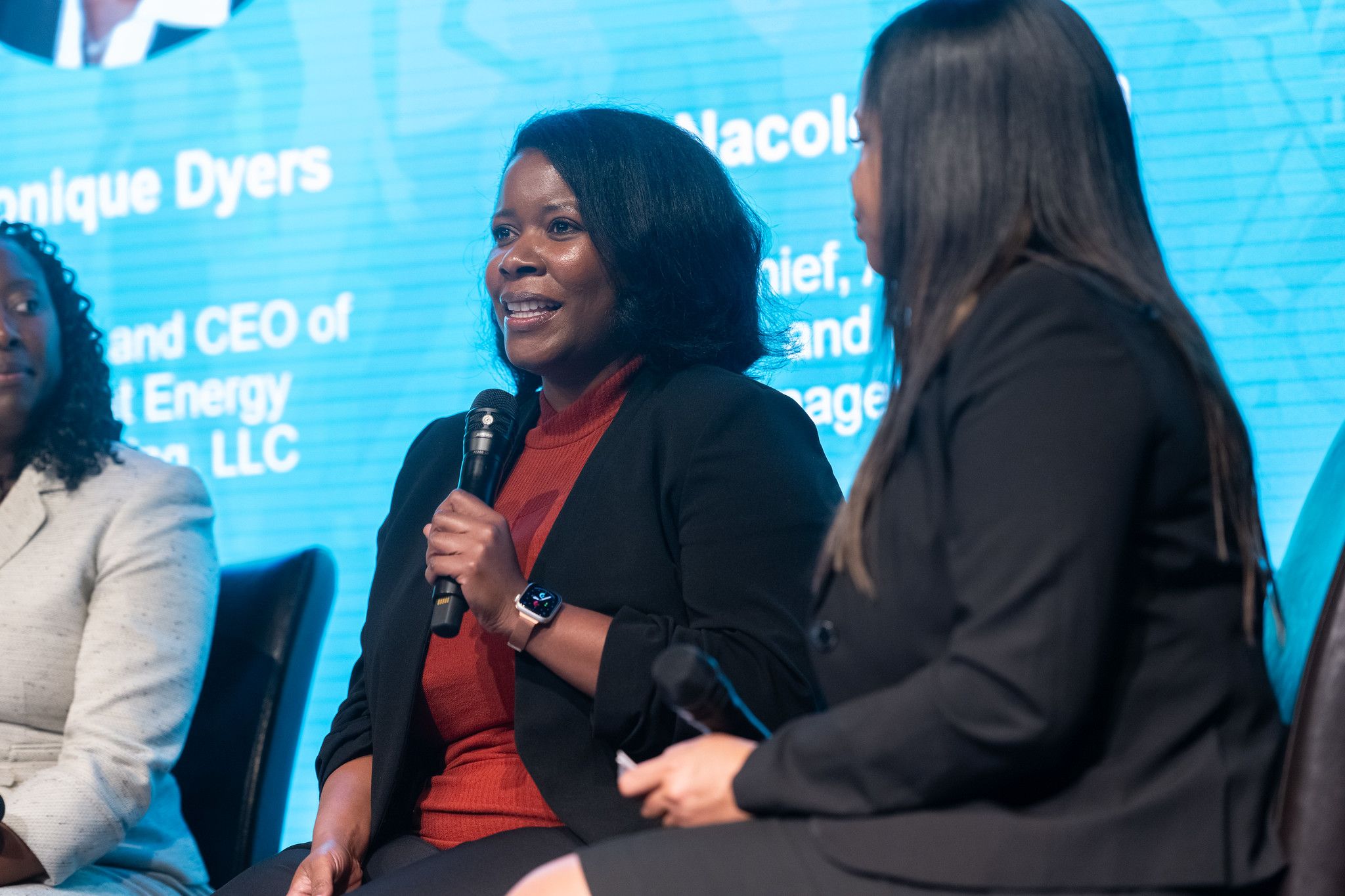
(Pictured above: Monique Dyers speaking speaking at the DOE Energy Justice and Equity Summit. Photo courtesy of Monique Dyers.)
Monique Dyers is a leader in renewable energy — and a role model for other engineers interested in entrepreneurship with purpose.
A conversation with a farmer in need led Monique Dyers to solve a common problem for landowners interested in solar energy.
“We received a call from a farmer who was struggling to generate income from her land. She was trying to figure out if solar development could provide a new opportunity and save her land,” Dyers recalls.
As her consulting team prepared a proposal for a feasibility study, they found the cost was out of reach for the farmer. But they also discovered that the assessment process itself was often too expensive and time-consuming, particularly for small landowners. Dyers and her business partner realized they could develop an easier way. Together, they created EmpowerSun Solutions, a software tool that allows landowners to receive a quick and affordable analysis of their land’s solar feasibility potential.
Since its founding in 2024, EmpowerSun Solutions has helped landowners in the U.S. access the economic benefits of solar energy. They’ve received national recognition as a finalist for the American-Made Solar Prize Round 7 sponsored by the U.S. Department of Energy, and as the winner of the competition’s Justice, Equity, Diversity, and Inclusion (JEDI) Contest for spurring solar innovation in underserved communities. For Dyers, the company is a culmination of more than 20 years working as an engineer dedicated to sustainability.
We recently spoke to Dyers about her inventor’s journey, learning how she became an entrepreneur and what ignited her passion for equitable renewable energy.

Can you describe how EmpowerSun Solutions works?
EmpowerSun is a software tool that allows landowners to visit our website, enter their address, parcel number, or coordinates and instantly receive a preliminary analysis of their land’s solar feasibility potential — all for a fraction of the cost and time that it would typically take. This tool ultimately provides insights into estimations of energy production, projected capital costs, and operating costs.
We find that a lot of landowners are interested in leasing their land to developers, so we also provide them with insights on what they can expect from an annual lease payment if they choose to not own and operate their solar project, but lease their land.
What kind of impact have you been seeing from your work?
For us, it has always been about lowering the barriers to entry and increasing transparency so that communities can make empowered decisions that are ideal for them and their families. In the last year alone, we have helped underserved landowners conduct feasibility studies on over 5,000 acres of land.
What inspired you to focus on social environmental impact as an engineer?
I’ve always seen engineering as a bridge between ideas and impact throughout my career. It’s not just about the technical work that we do, but it’s about problem-solving for real people in real communities. Engineering can ultimately transform sustainability from a concept into reality by designing systems that are not only efficient but equitable.
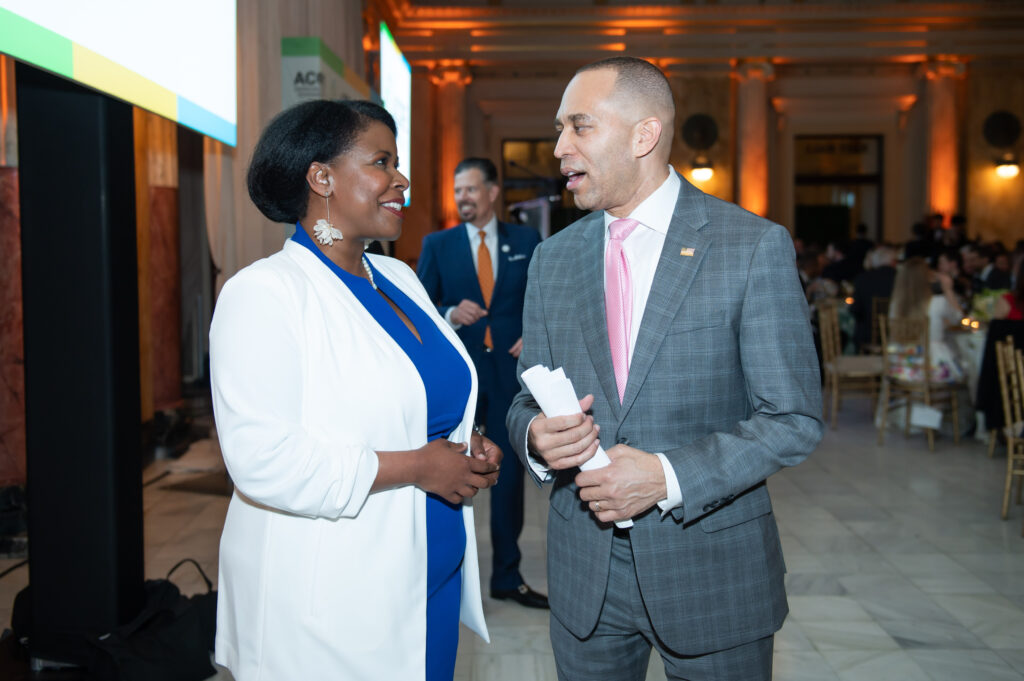
You’re originally from New Orleans. How did growing up there influence your career trajectory?
Growing up in poverty in New Orleans, I saw firsthand how large energy bills could consume a significant portion of a family’s income. It’s something many people don’t think about: having to choose between putting food on the table or keeping the lights on.
Can you describe when you realized that your engineering work could make an impact on underserved communities?
After college, one of my first jobs was with Caterpillar. I worked in a manufacturing facility, designing diesel generator set engines used for backup and standby power. I had the opportunity to develop and see a product throughout its full life cycle, from designing it as an engineer to seeing it being manufactured in the facility in which I worked.
Most of our designs were used by hospitals, office buildings, or facilities that ultimately wanted to have gensets — which are combined generators and engines — as standby power in the event that electricity was lost. In fact, I spent some time in St. George, Bahamas, where the genset that I designed was the main source of power for that island. It was one of the first instances where I saw that the work that I did truly helped supply power and a livelihood to a community. One time, our genset needed repair. Seeing the loss of electricity and the impact that it had on the community was truly a changing moment for me and definitely touched my heart.
How did entrepreneurship accelerators help EmpowerSun Solutions take off?
When we had an opportunity to participate in VentureWell’s Aspire Climatetech program, it truly changed the trajectory of our business. Having many experienced investors that were willing to provide their time to us, offer advice, and provide feedback on our business plan and pitch decks truly changed the path of EmpowerSun. Accelerators are important because I think the journey of entrepreneurship can sometimes feel lonely. To meet other entrepreneurs who are going through similar experiences is always very powerful.
What kinds of renewable energy barriers have you seen different communities face?
We have supported feasibility studies for Tribal entities from southern Colorado to Alaska. Most of the barriers to entry were around uncertainty and just not knowing how to be a part of the clean energy transition. A lot of these communities had renewable energy developers knocking on their doors, interested in their land. Even if they wanted to lease their land, they just didn’t have the insights and understanding to know what their land was worth. With our software tool, we are empowering them to say, “Hey, I’m interested in leasing my land, or I think there is value for me to develop it myself or co-develop it with someone else.”
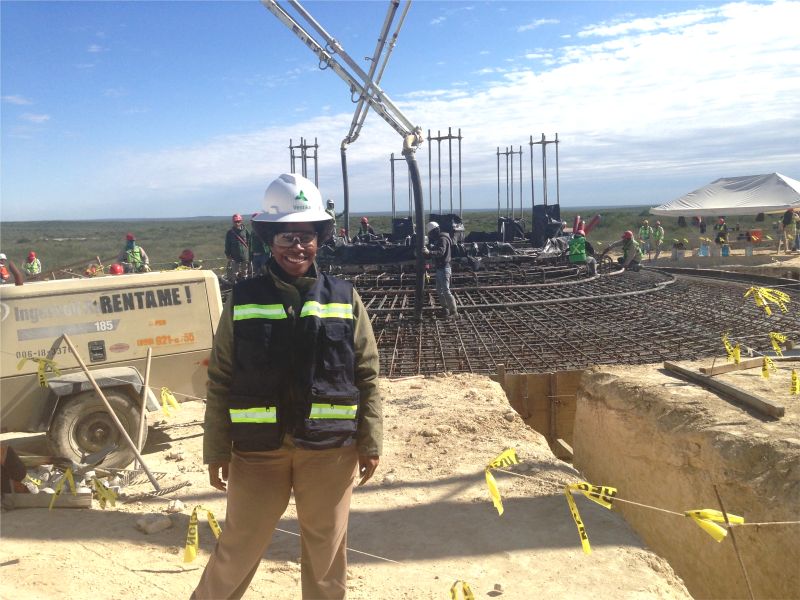
Are you finding correlations between underserved communities and the impacts of climate change?
Disadvantaged communities are often at the front lines of climate change impacts, yet they’re the last to benefit from the clean energy transition. These communities consistently experience a higher energy burden, often spending a larger share of their income on basic energy needs. The high energy costs, combined with the disproportionate impacts of climate change — like increased rates of asthma and other health conditions — further compound the challenges they face. These are very vulnerable communities that would truly benefit from renewable energy being developed within their communities.
We’ve traditionally seen that a lot of renewable energy development may occur, but these communities don’t have a seat at the table. They’re not the individuals making the decisions, or they’re not benefiting financially. With our tool, we’re hoping that we’re able to correct that.
Are there skill sets or mindsets you think are essential to become a successful innovator or entrepreneur?
Things don’t always go as planned, so being open to change and willing to pivot when necessary has been essential, especially in a field like the clean energy space. As entrepreneurs, when you pivot to a new innovation, my rule of thumb is to give yourself six months to truly give it your all within that space of innovation. And when focusing on a new business opportunity, use those six months to reevaluate and determine: How did this go? Am I finding success? Do I need to redirect myself and my service and offerings?
I think failure is sometimes a part of the process for all of us. But I also believe this is where the learning happens, and I don’t shy away from that. Innovation is truly about problem solving and finding meaningful solutions to some of our challenges, which is what we did with our software for EmpowerSun Solutions.

Can you share a piece of memorable advice you have received from a mentor?
Very early on in my career, a mentor said that innovation isn’t just about creating something new — it’s about creating something meaningful. And that’s always stuck with me. It’s something that I feel like I have lived throughout my entrepreneurship journey, and has really been the guiding light for the work that I do within the renewable energy sector.
What are some challenges and opportunities you see for solar power moving forward?
I truly believe that we’re at a critical crossroad within the renewable energy space.
One of the biggest challenges will be modernizing our aging energy infrastructure to integrate renewable energy sources to scale. Also, we need more grid reliability and new energy sources to meet the growing demands and needs of data centers and AI.
Another major challenge is political uncertainty — it creates instability within the market which ultimately disproportionately impacts smaller developers, landowners, and communities that already face barriers to entry.
Despite a lot of these challenges. I’m really optimistic about the trajectory of the renewable energy sector. We’re seeing rapid advancements in technology, particularly in solar, which is not only one of the most scalable clean energy solutions, but also the fastest to deploy. When combined with battery storage, it becomes a powerful tool to meet our growing energy demand.

